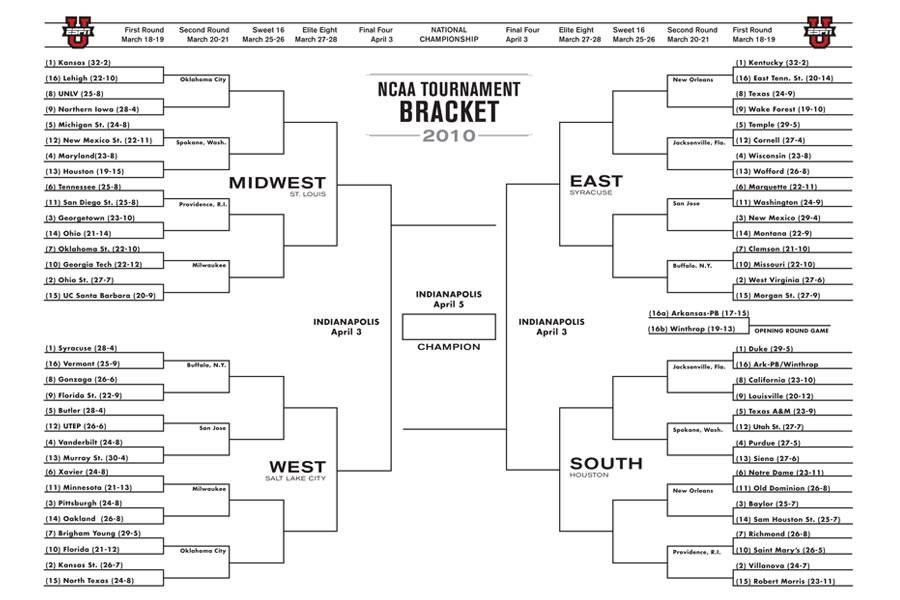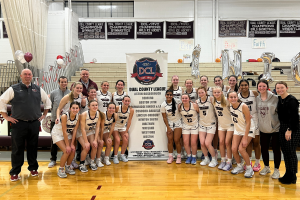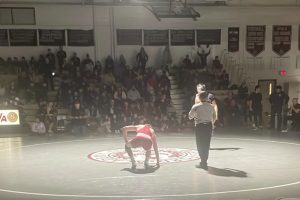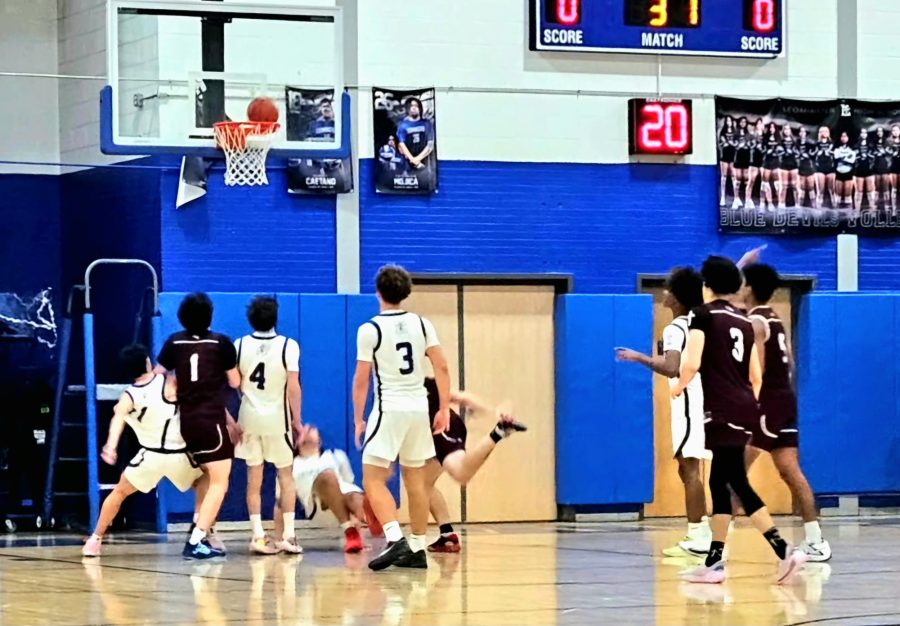Last minute tips for your Bracket
March 16, 2016

- Don’t Pick 16 Seeds.
Let’s start with the obvious don’t pick a 16 seed to beat a 1 seed! Since the Brackets expanded to 64 teams in 1985, the 16 seeds are 0-124. Even if you manage to pick the miracle and a 16 seed defeats a 1 seed it won’t help you too much to win your bracket pool. Your fantastic 16 seed pick won’t get past the second round and will only get you one more first round win more than your competition, which isn’t worth much. Bottom line, don’t pick a 16 seed. They will only let you down.
- Consider Geography and Game time.
Some of the most underrated factors of the NCAA tournament is where and when a game is occurring. Where the game is played can often be a major factor in a tournament game. If the location of the game is closer to the campus the team is likely to have more fans at the game. This can make the atmosphere of the game feel like a home game and either give a team an edge or level the playing field for a lower seeded team. For example North Carolina and Oklahoma will both be playing their first two games in their home states, While lower seeded Yale gets a boost against Baylor because the game is in Providence, RI. Fans of Yale will have a much easier time traveling from Connecticut than Baylor fans will from Texas.
During the tournament, upsets are generally more likely to occur in an earlier game. Many teams are used to playing primetime night games more often. When a game is played earlier a team’s pregame regiments also begin earlier. West coast teams may also have a tougher time playing an early game. For example Oregon St. is playing their first game on Friday at 1 ET, which is 10 PT in the time zone they are used to playing in.
- Pick one team from the First Four
Since the tournament field expanded from 65 to 68 teams in 2011 the tournament saw the inception of the First Four, where the four worst seeded teams who won their conference and the four worst seeded teams who were selected by the tournament committee each play a win or go home game to get into the field of 64. Since the First Four started in 2011, at least one team every year has won a game in the first round. VCU in 2011 made the Final Four and Lasalle in 2013 and Tennessee in 2014 both made the sweet sixteen. First Four teams still alive this year include Wichita St., Michigan, and Tulsa.
- When in doubt, choose experience
This season has been dubbed the year of the Senior. In most years younger players dominate the college game, but this year is an exception. Most of the player of the year candidates this year are Seniors. In March, experience is arguably the most valuable asset. Coaches and players who have been to the tournament before and have had success will have an advantage.
- Don’t go all chalk.
Don’t only pick higher seeds when making your bracket. Although the higher seeds have a better probability of winning, it is a given that upsets will happen. On average, 8 lower seeded teams beat higher seeded teams in the 32 first round games. In the past 15 years, 5 seeds only beat 12 seeds 59 percent of the time, and all the 9 seeds are favored to beat all the 8 seeds this year. Only one time, since the tournament has expanded to 64 teams in 1985, have all four of the 1 seeds made the Final Four. Upsets will happen, so make sure you sprinkle them into your bracket.
If you’re going to pick based on colors or mascots, blue teams and non-human mascots win the championship the majority of the time.






